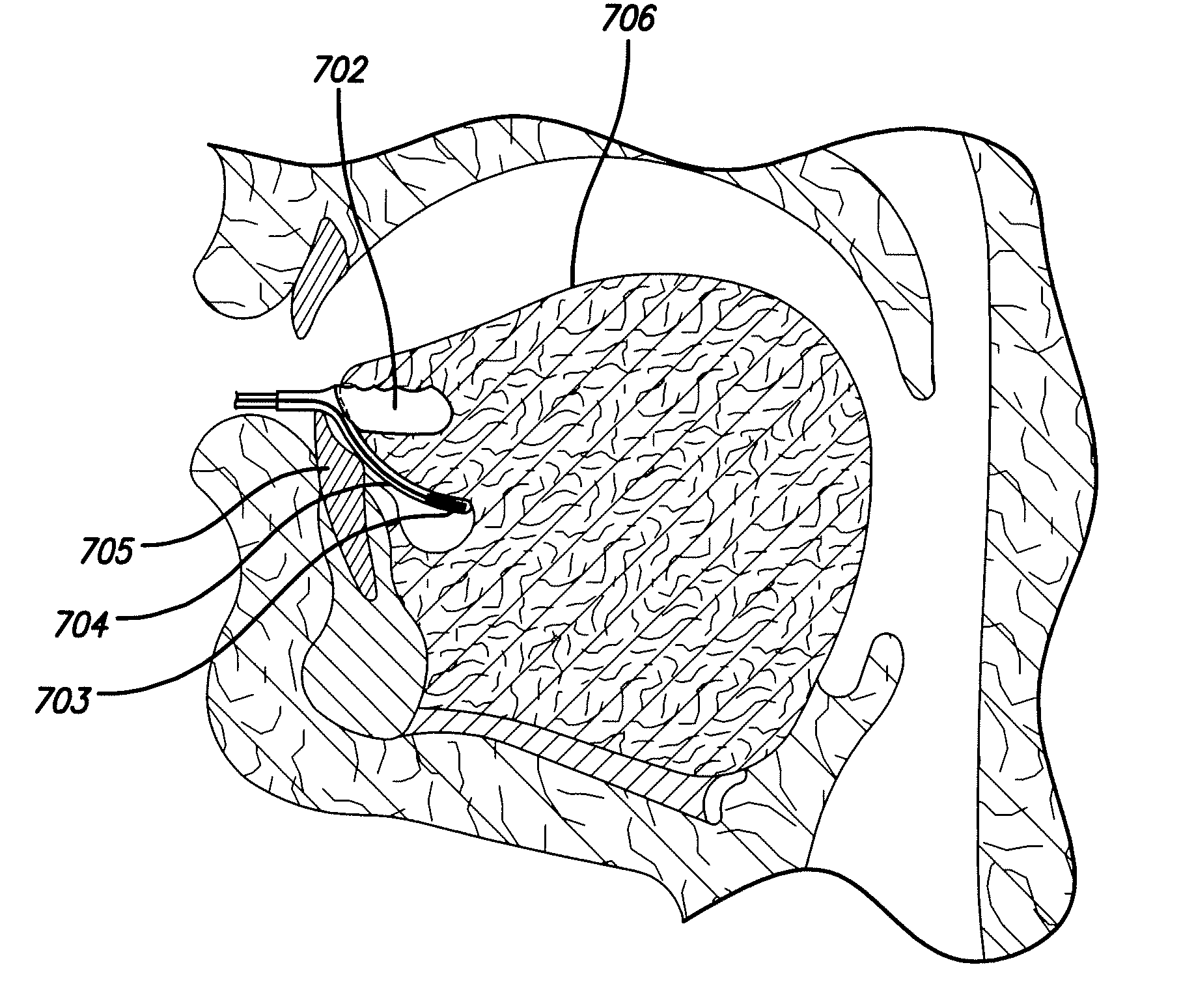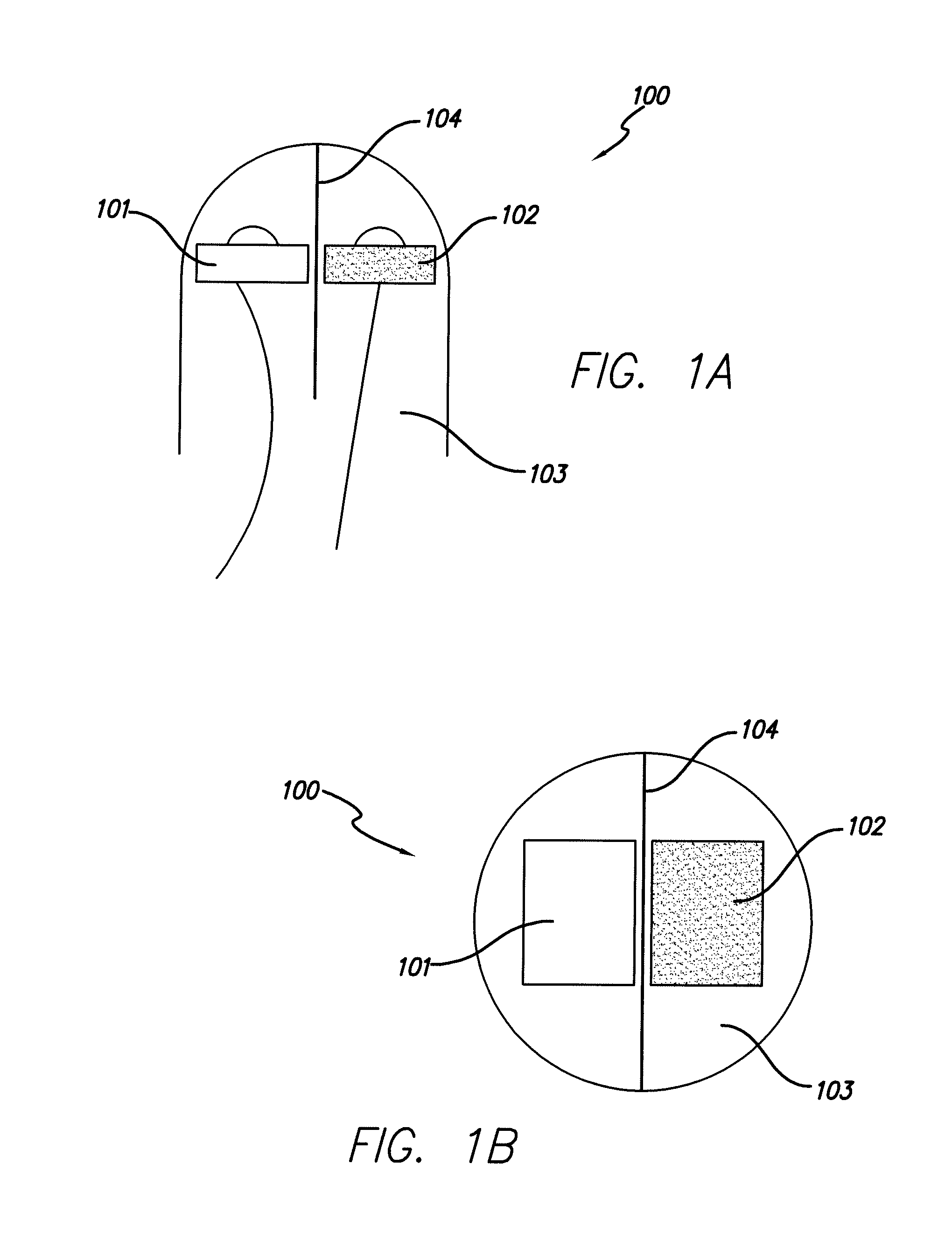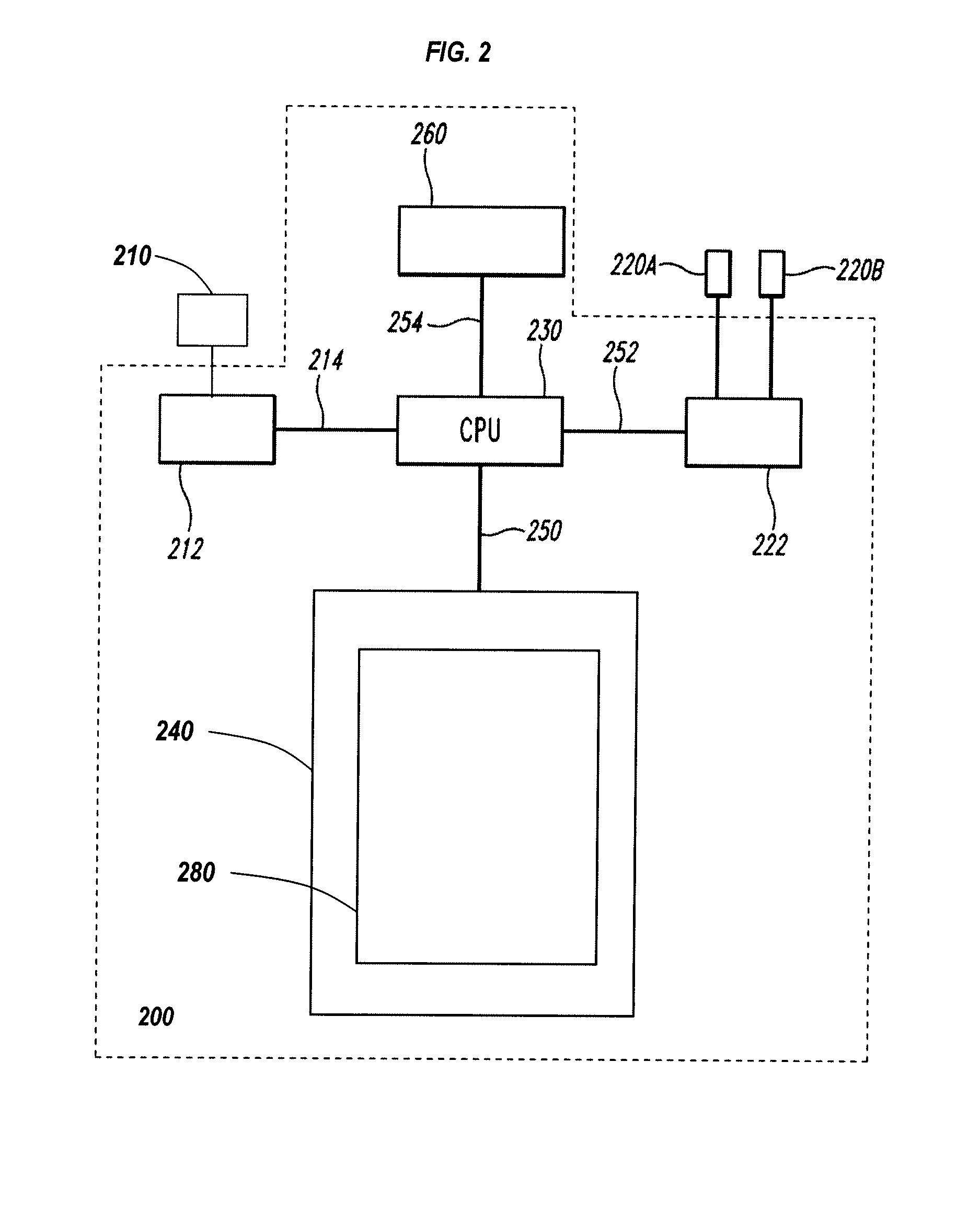Apparatus and method for treating obstructive sleep apnea
a technology of obstructive sleep apnea and apparatus, which is applied in the field of electrical stimulation to treat obstructive sleep apnea, can solve the problems of reducing the tone and stiffness of the muscles of the upper airway, affecting the sleep quality of patients, so as to avoid an apneic or hypoxic episode in
- Summary
- Abstract
- Description
- Claims
- Application Information
AI Technical Summary
Benefits of technology
Problems solved by technology
Method used
Image
Examples
example
[0073]The following example is provided to better illustrate various embodiments of the claimed invention and is not to be interpreted as limiting the scope of the invention. To the extent that specific materials are mentioned, it is merely for purposes of illustration and is not intended to limit the invention. One skilled in the art may develop equivalent means or reactants without the exercise of inventive capacity and without departing from the scope of the invention.
[0074]The Emitter Circuit (FIG. 9) generates the waveform that drives the infrared light-emitting diode (LED) of the tongue position sensor. It generates a square wave voltage signal ranging in frequency from 100 Hz to 1 KHz (set by potentiometer P1). The duty cycle of the signal is low (10%) to reduce power consumption and prolong battery life.
[0075]A detector circuit is shown in FIG. 10. The pulsed Infrared light is emitted from the LED and the light reflected from the tongue is detected by the infrared (IR) photo...
PUM
 Login to View More
Login to View More Abstract
Description
Claims
Application Information
 Login to View More
Login to View More - R&D
- Intellectual Property
- Life Sciences
- Materials
- Tech Scout
- Unparalleled Data Quality
- Higher Quality Content
- 60% Fewer Hallucinations
Browse by: Latest US Patents, China's latest patents, Technical Efficacy Thesaurus, Application Domain, Technology Topic, Popular Technical Reports.
© 2025 PatSnap. All rights reserved.Legal|Privacy policy|Modern Slavery Act Transparency Statement|Sitemap|About US| Contact US: help@patsnap.com



